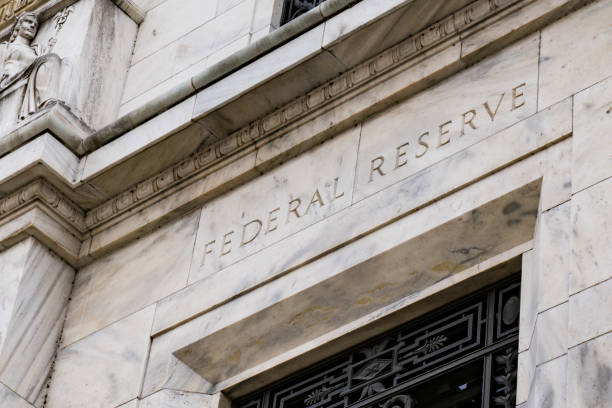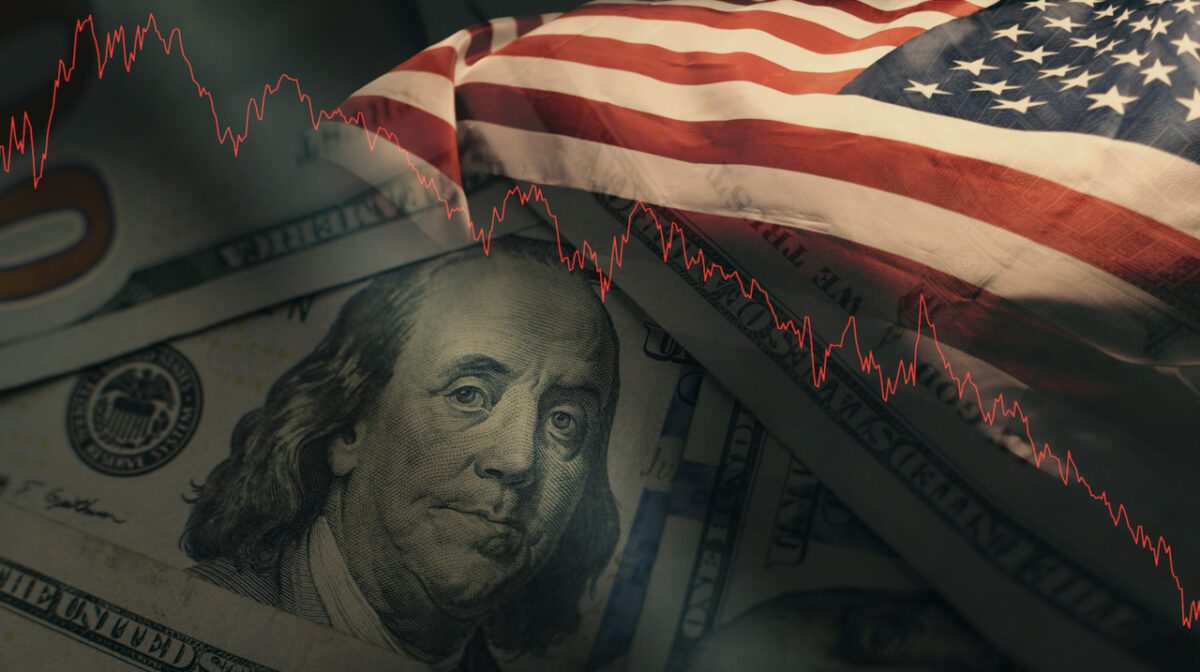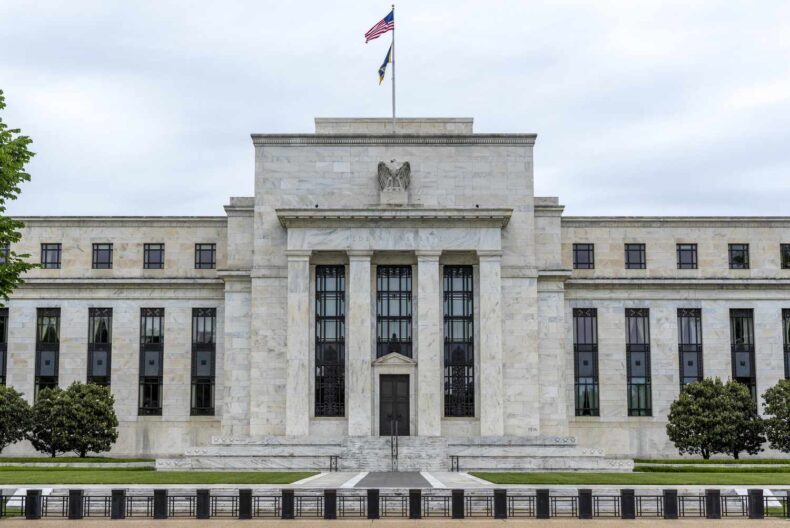Table of Contents
The Federal Reserve, often referred to as the Fed, is the central banking system of the United States. It was established in 1913 with the goal of providing a stable and secure monetary and financial system for the country. The Federal Reserve carries out a range of responsibilities, including conducting monetary policy, supervising and regulating banks, maintaining financial stability, and providing services to financial institutions and the U.S. government.

Overall, the Federal Reserve plays a crucial role in maintaining the stability and functioning of the U.S. economy and financial system. Its actions and policies have a significant impact on interest rates, inflation, employment levels, and overall economic growth.
Federal Reserve is considering tightening financial rules as a response to recent bank failures
Federal Reserve Chair Jerome Powell suggested on Thursday that increased oversight of the American financial system may be necessary following the recent failures of three major U.S. banks. Speaking at a banking conference in Madrid, Powell acknowledged that the stricter regulations implemented after the 2007-2008 financial crisis have made multinational banks more resilient to widespread loan defaults, such as those that occurred during the housing bubble collapse. Nevertheless, he underscored that the failures of Silicon Valley Bank, Signature Bank, and First Republic Bank exposed distinct weaknesses that necessitated the formulation of fresh initiatives.

While Powell did not provide specific details, other Federal Reserve officials have suggested that banks should be required to hold more capital reserves to mitigate the risk of loan losses. However, the banking industry and certain congressional Republicans are likely to oppose these proposals, asserting that the Federal Reserve already had the necessary tools to prevent bank failures but neglected to employ them.

Powell attributed the regulators’ failure to anticipate the threats to the three banks to “the natural human tendency to fight the last war.” He emphasized the need to strengthen the supervision and regulation of institutions similar in size to Silicon Valley Bank and expressed openness to evaluating and implementing proposals for such changes.
During a Q&A session, Powell indicated the need to update the rules to account for the speed at which a bank run can occur. He highlighted the difference between traditional bank runs, where people line up at ATMs, and the modern scenario witnessed at Silicon Valley Bank, where depositors use smartphones to instantly move money.
Powell noted that while supervisors had identified bank vulnerabilities, including exposure to rising interest rates, their efforts were hindered by a slow-moving system. He expressed the desire to make the supervision more agile and forceful, as demonstrated by an ongoing review of the Fed’s supervisory practices.

The failed banks in question fell within the $100 billion to $250 billion asset range, which became subject to reduced requirements in 2018 under legislation and rules issued by the Fed.
Republicans voiced opposition to tighter rules during recent hearings, arguing that they could limit banks’ lending capacity and slow down the economy. Powell clarified that a proposal might be issued next month but reiterated that any new rules would undergo a public comment process and be phased in gradually, potentially taking several years before they come into effect.

Powell concluded by stating that the bank failures in 2024 served as reminders that it is impossible to predict all the stresses that will arise in the future, underscoring the need to maintain vigilance and not grow complacent about the resilience of the financial system.
Refer Here: Federal Reserve may tighten financial rules after US bank failures, says Powell













